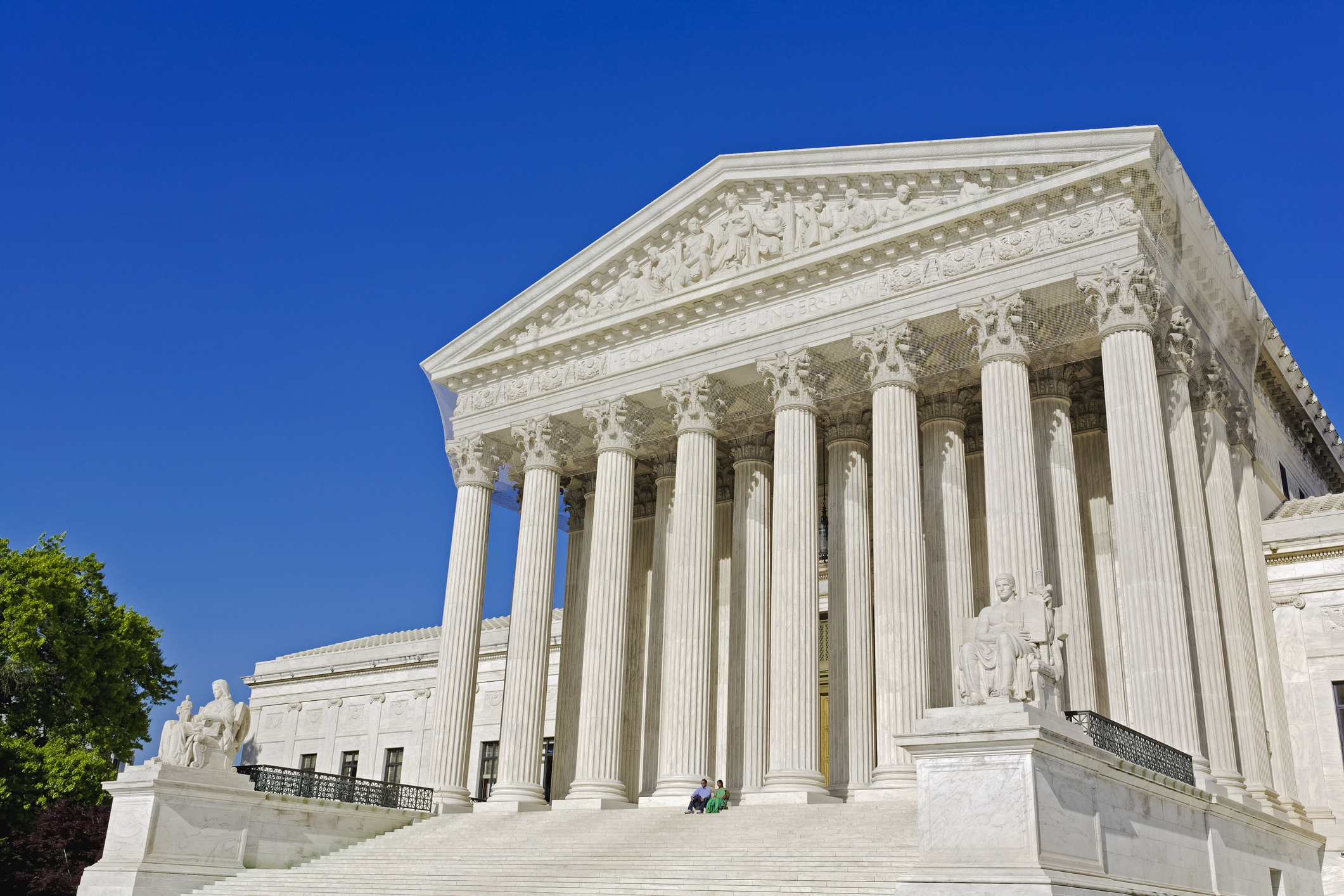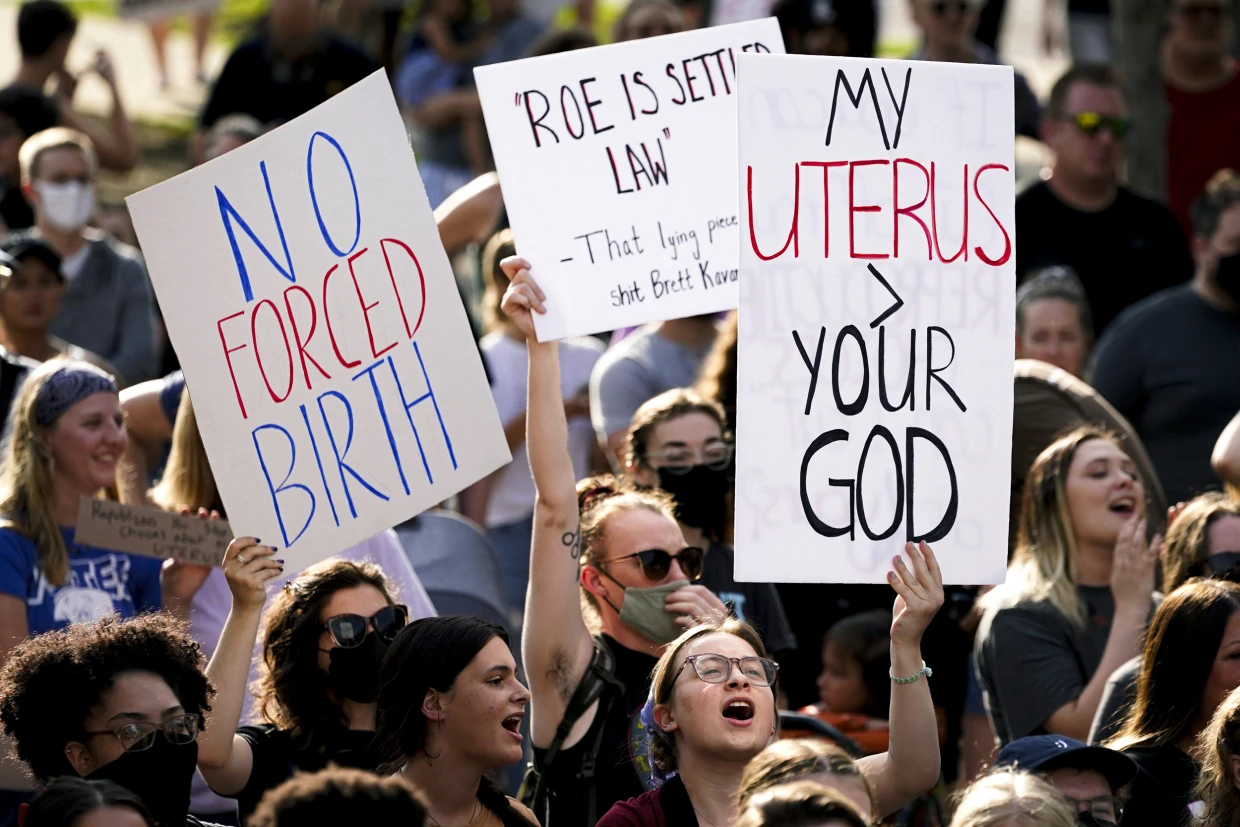
Organizations that help pay abortion costs are capping how much they can help as travel costs rise and the wave of “rage giving” that fueled them two years ago has subsided.
Abortion funds, which have operated across the U.S. for decades, in many cases as volunteer groups, ramped up their capacity fast after the Supreme Court overturned Roe v. Wade in 2022, ending a national right to abortion. Donations rolled in from supporters who saw the groups as key to maintaining abortion access as most Republican-controlled states implemented bans.
The expansion of the funds and increasing access to abortion pills are major reasons the number of abortions has risen slightly despite bans on abortion at all stages of pregnancy in 14 states and after about six weeks of pregnancy, before many women know they are pregnant, in another four.
Get top local stories in Philly delivered to you every morning. Sign up for NBC Philadelphia's News Headlines newsletter.
But the funds have found that even with record budgets, it’s not enough to fill all the gaps between the cost of obtaining abortions and what women seeking them can afford as they have to travel farther for legal procedures.
The National Abortion Federation, which helps people seeking abortions across the country, used to cover half the cost of the abortion for callers who couldn't afford it. Since July, it’s pulled back to 30%. Brittany Fonteno, the organization's president and CEO, said the allocations had to be cut because of the rising demand and costs — even though the fund has a record $55 million budget this year.
“We’re at the point now where we know that people who are most impacted by funding shifts — and by abortion bans which have caused the funding shifts — are the people who can least afford to be kept away from care," Fonteno said. "And that includes people of color, younger people, immigrants and people with lower incomes.”
Other groups have also imposed limits on aid to keep from exhausting their funds.
The Blue Ridge Abortion Fund, based in Virginia, hits its budget limit nearly every week and has to put requests on hold until the next week.
The Cobalt Abortion Fund in Colorado has had to cap how much it can spend. Its president, Karen Middleton, said groups like hers are used to being scrappy.
“It’s the bake sale of the abortion rights movement,” she said.
Abortion funds have existed for decades out of the spotlight. Many were — and some remain — volunteer-run. Nearly all of them ramped up as the abortion landscape shifted.
Cobalt, for instance, spent $206,000 in 2021. Of that, only about $6,000 was for for travel costs — and much of that came in the form of gas cards to help people in outlying parts of Colorado get to clinics.
This year, the group expects to spend $2.2 million — 10 times as much as in 2021. In the first six months of this year, it spent more than $600,000 on travel and other logistical costs. Now they're booking hotel rooms and flights — mostly on short notice.
“We’re a travel agency as much as we’re an abortion fund,” Middleton said.
In Colorado, like other states between the coasts, the influx of patients began late in 2021 when a ban on abortion after the first six weeks of pregnancy took effect in Texas. That’s since been replaced by a ban on abortion at all stages of pregnancy.
For the Blue Ridge Abortion Fund, a big change arrived after May 1, when Florida's ban on abortion after the first six weeks of pregnancy took effect. Before that, Florida, the nation's third most populous state, was a destination for people traveling from other Southern states that had stricter limits.
Greene said her fund helped 20 people from Florida from January through April. When the ban took effect, it left Virginia as the nearest state where abortion was available past 12 weeks and without a 72-hour waiting period. Greene said the fund helped about 40 Florida residents from May through August.
Their average travel cost per Floridian has been about $3,000, she said — more than any other state.
Fonteno said the spike in requests from Florida — six times as many each month since the ban began — was an impetus for its abrupt policy change earlier this year. Blue Ridge and other funds have been trying to make up the difference.
“We're seeing more and more patients with more funding gaps,” Greene said.
To try to stick to its weekly aid budget, the fund has cut back when it accepts calls requesting help to two mornings a week instead of two full work days. Greene said her fund collaborates with others to try to cover costs.
The New Jersey Abortion Access Fund responded to the National Abortion Federation's cuts by increasing what it sends every week to a solidarity fund to help people seeking abortions from other states to $5,000 from $3,000, said Quadira Coles, the group's president.
The organization also sends block grants to New Jersey abortion clinics to use to help pay for patients who cannot afford their fees. Coles said the group has increased that funding, too, after hearing from clinics that it had been running out halfway through the month.
The groups could see some of their financial pressure eased depending on the outcomes of measures on the November ballots that would add a state constitutional right to abortion in nine states.
In four of the states — Florida, Missouri, Nebraska and South Dakota — passage would overturn current bans and potentially mean that many people could access abortion without traveling.
In other states, the change would be more subtle. For instance, part of the Colorado amendment would allow state government employee health plans to cover abortion — possibly reducing the number of people who would seek help paying.
In the meantime, organizers of some of the funds say that some supporters have been contributing to the ballot measure campaigns, at the expense of the funds.
Joan Lamunyon Sanford, executive director of Faith Roots, which helps pay the costs of people traveling to New Mexico for abortion, said many donors who started around the time of Texas' restrictions, often called Senate Bill 8, or the Supreme Court's 2022 ruling make recurring gifts — though others gave just once.
“For those who felt that, whether it was the righteous anger or compassion, that led them to donate after S.B. 8 and after Dobbs, we’re still here, and the need is still here,” she said. “We still need them.”



